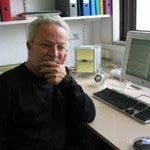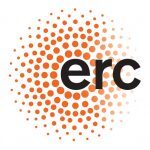Link to Pubmed [PMID] – 24389364
J. Theor. Biol. 2014 Apr;347:160-75
We analyse a mathematical model of the peripheral CD4(+) T cell population, based on a quorum-sensing mechanism, by which an optimum number of regulatory T cells can be established and maintained. We divide the population of a single T cell receptor specificity into four pools: naive, IL-2 producing, IL-2 non-producing, and regulatory CD4(+) T cells. Proliferation, death and differentiation of cells are introduced as transition probabilities of a stochastic Markov model, with the assumption that the amount of IL-2 available to CD4(+) T cells is proportional to the size of the population of IL-2 producing CD4(+) T cells. We explore the population dynamics both in the absence and in the presence of specific antigen. We study the establishment of the peripheral CD4(+) T cell pool from thymic output in the absence of antigen, and its return to homeostasis after an immune challenge, by steady state analysis of the deterministic approximation. The number of regulatory T cells at steady state is greater in the presence of antigen than in its absence. We also consider the stochastic dynamics of the model after an immune challenge, in particular the behaviour leading to ultimate extinction of the IL-2 producing and regulatory T cell populations.

